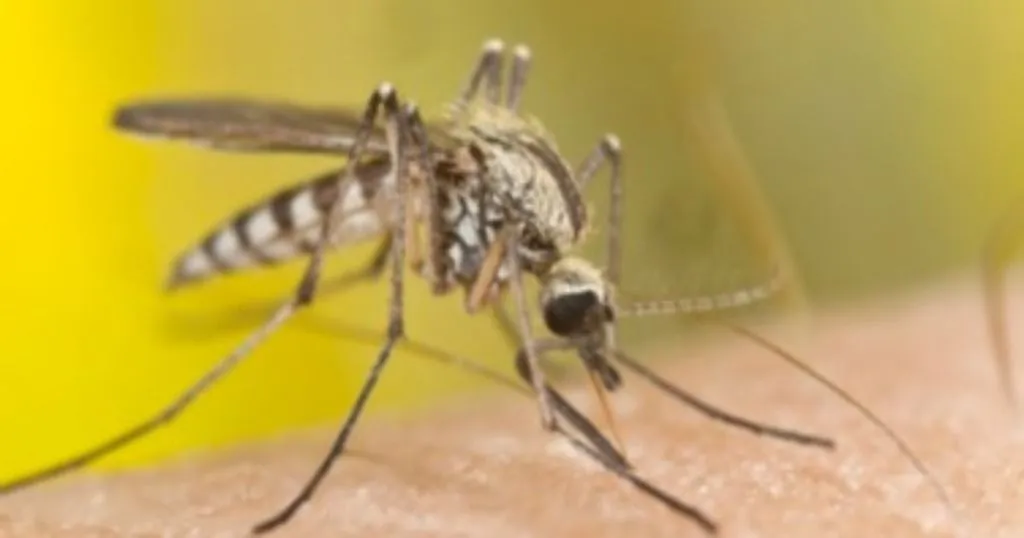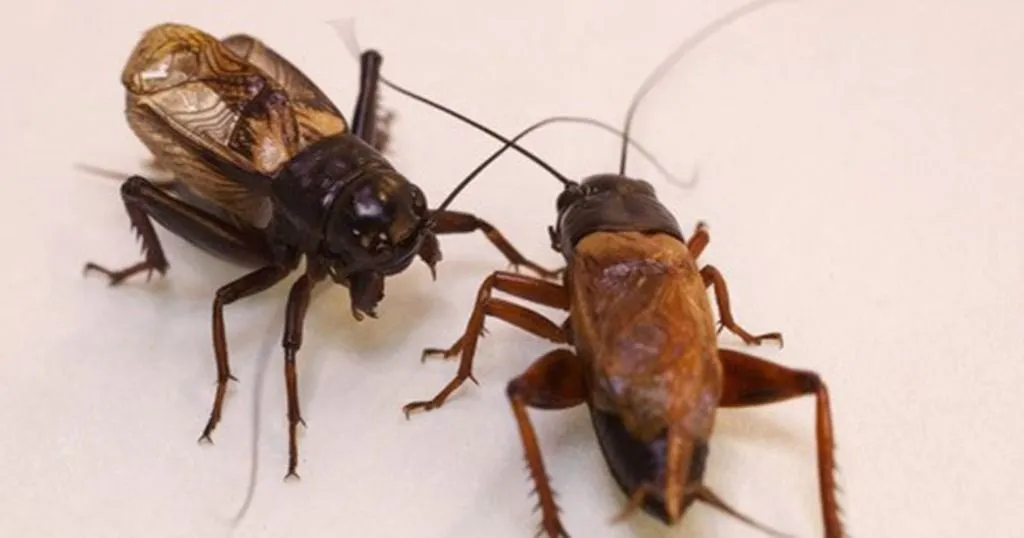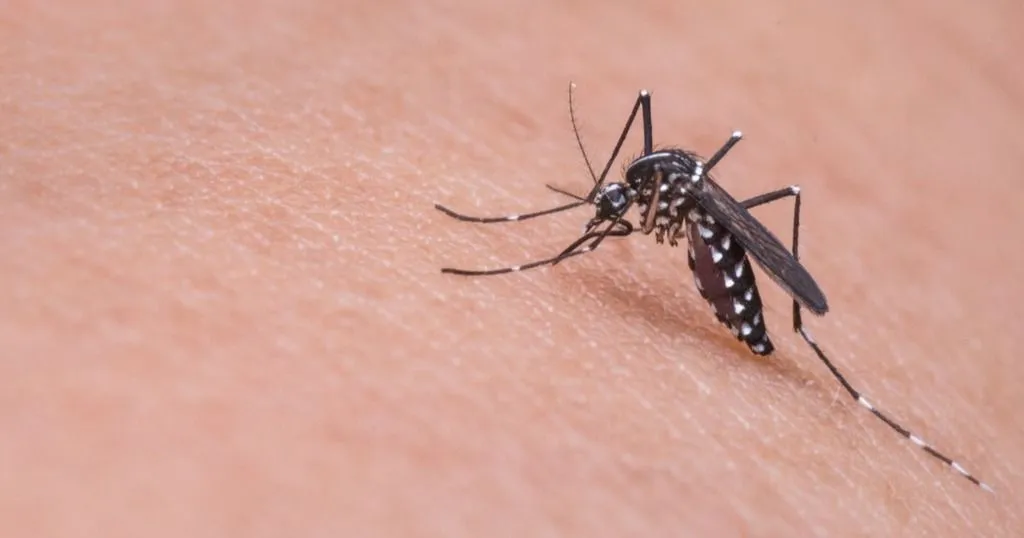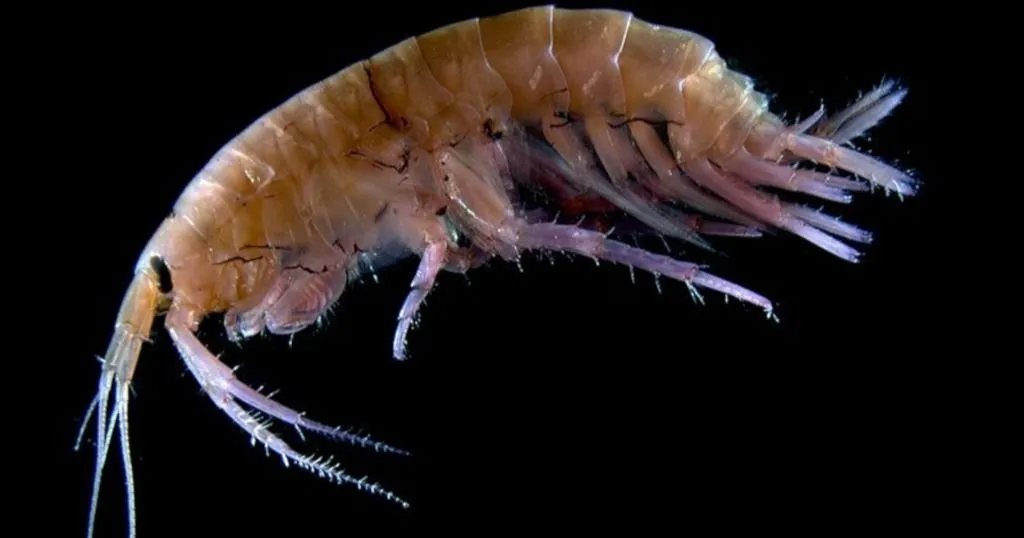A new approach in the battle against malaria
Bed nets treated with insecticide (ITNs) greatly decrease malaria illness and mortality. ITNs can decrease infant mortality from all causes by more than 20%.
Posted by
Published on
Tue 18 Aug. 2015
Topics
| Crop Protection | EthoVision XT | Insects | Video Tracking |

Insecticide treated bed nets
Bed nets treated with insecticide (ITNs) greatly decrease malaria illness and mortality. ITNs can decrease infant mortality from all causes by more than 20% [1,2]. However, the development of pesticide resistance is a threat to the effectiveness of ITNs. [3].
WHO standard bioassays
In standard bioassays conducted by the World Health Organization (WHO) for pesticide effectivity in ITNs, mosquitoes are kept in a small enclosure in which they are forced to touch a piece of treated bed net for three minutes [4,5]. After one hour, the number of immobile mosquitoes is counted, and mortality rates are determined after 24 hours. However, there is no escape for the mosquitoes in these tests. Therefore, a possible repellent effect of the pesticides is not taken into account. If ITNs are repellent to malaria mosquitoes, the mosquitoes will not touch the treated net. This means that the effectiveness of the ITNs can be less than predicted by the WHO standard bioassays.
Wind tunnel assays
Jeroen Spitzen and his colleagues [6] compared the results of WHO standard bioassays with a wind tunnel assay in which the natural flight behavior for mosquitoes towards ITNs was studied. In the wind tunnel, mosquitoes were released downwind and could fly towards and land on a framed piece of bed net, which was either untreated or treated with deltamethrin. Deltamethrin is an insecticide from the synthetic pyrethroid group, which is, at present, the only allowed pesticide type for ITNs. Spitzen et al. tested normal malaria mosquitoes and pyrethroid-resistant ones. The mosquito flight behavior in the wind tunnel was automatically analyzed with the video tracking software EthoVision XT.
Lower mortality in wind tunnel
In all treatments, mosquitoes flew towards the bed net within three minutes. Mosquito mortality was much lower in the wind tunnel assays than in the WHO standard bioassays. Susceptible mosquitoes did not alter their flight pattern and landings on the net when the net was treated with detamethrin. However, the pyrethroid-resistant mosquitoes had fewer landings on a treated net and took longer to reach the net. In addition, they spent less time in close proximity to the net. Mosquitoes always spent much less time touching a treated net than the three minutes used in the WHO standard bioassays. The authors state that the lower mortality in the wind tunnel assay, in comparison to the WHO assays, is likely caused by the shorter amount of time spent on the treated net.
No repellency
Spitzen et al. found no proof that susceptible malaria mosquitoes are repelled by deltamethrin. However, the pyrethroid-resistant mosquitoes did alter their flight and landing behavior when the net was treated with deltamethrin. But these mosquitoes also flew towards the net within three minutes after they were released into the wind tunnel. Therefore, the authors conclude that the observed effects on the mosquito flight behavior were not caused by repellency of the pesticide.
Conclusions
In the WHO standard bioassays, the mosquitoes were forced to touch the treated net for three minutes, while in the wind tunnel they never stayed on a treated net for such a long time. This explains why mosquito mortality was so much lower in the wind tunnel than in the WHO bioassays. The authors, therefore, conclude that the wind tunnel setup gives a more realistic estimate of ITN effectiveness than does the WHO standard. In addition, the wind tunnel assay provides valuable information on malaria mosquito flight behavior in response to pesticide exposure. This can help to make better bed nets to protect people against malaria mosquitoes.
References
- Steketee RW, Campbell CC, 2010. Impact of national malaria control scale-up programmes in Africa: magnitude and attribution of effects. Malar J9: 299.
- Lim SS, Fullman N, Stokes A, Ravishankar N, Masiye F, Murray CJL, Gakidou E, 2011. Net benefits: a multicountry analysis of observational data examining associations between insecticide-treated mosquito nets and health outcomes. PLoS Med8: e1001091.
- http://en.wikipedia.org/wiki/Pyrethroid
- http://www.biogents.com/cms/website.php?id=/en/contract/test_protocols/cone_tests.htm
- http://www.biogents.com/cms/website.php?id=/en/contract/test_protocols/tube_tests.htm
- Spitzen, J., Ponzio, C., Koenraadt, C. J., Jamet, H. V. P., & Takken, W. (2014). Absence of Close-Range Excitorepellent Effects in Malaria Mosquitoes Exposed to Deltamethrin-Treated Bed Nets. The American journal of tropical medicine and hygiene, 90(6), 1124-1132.
Related Posts

Dynamic winners and sluggish losers

Smelly feet and heat – how malaria mosquitoes find their hosts

